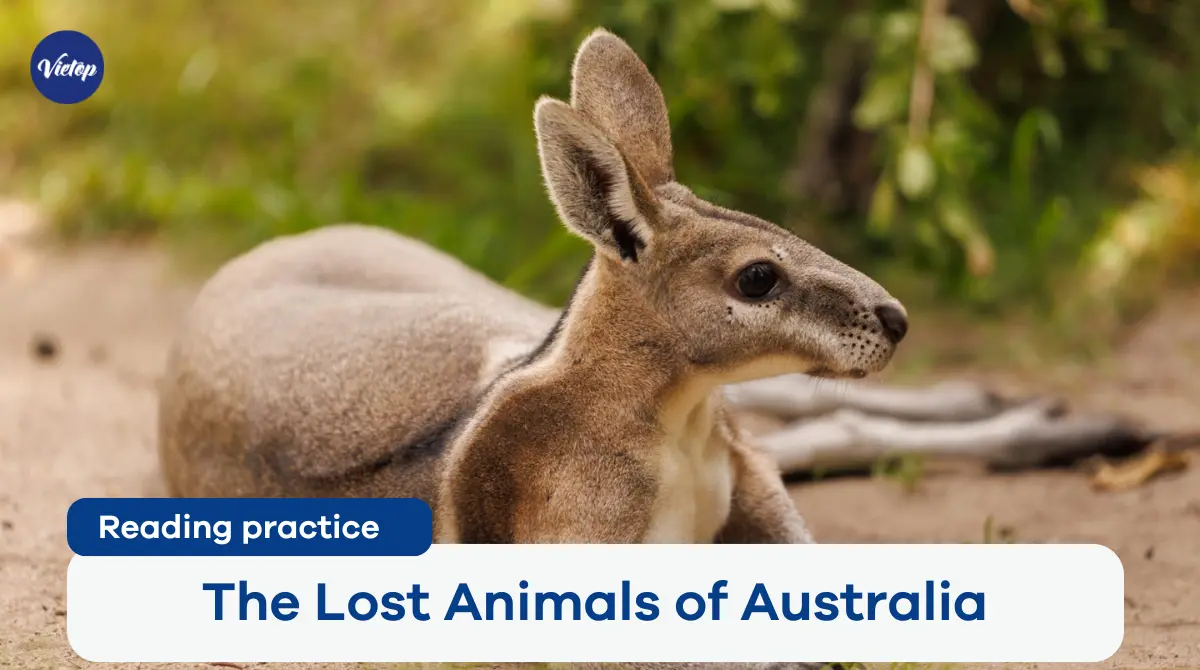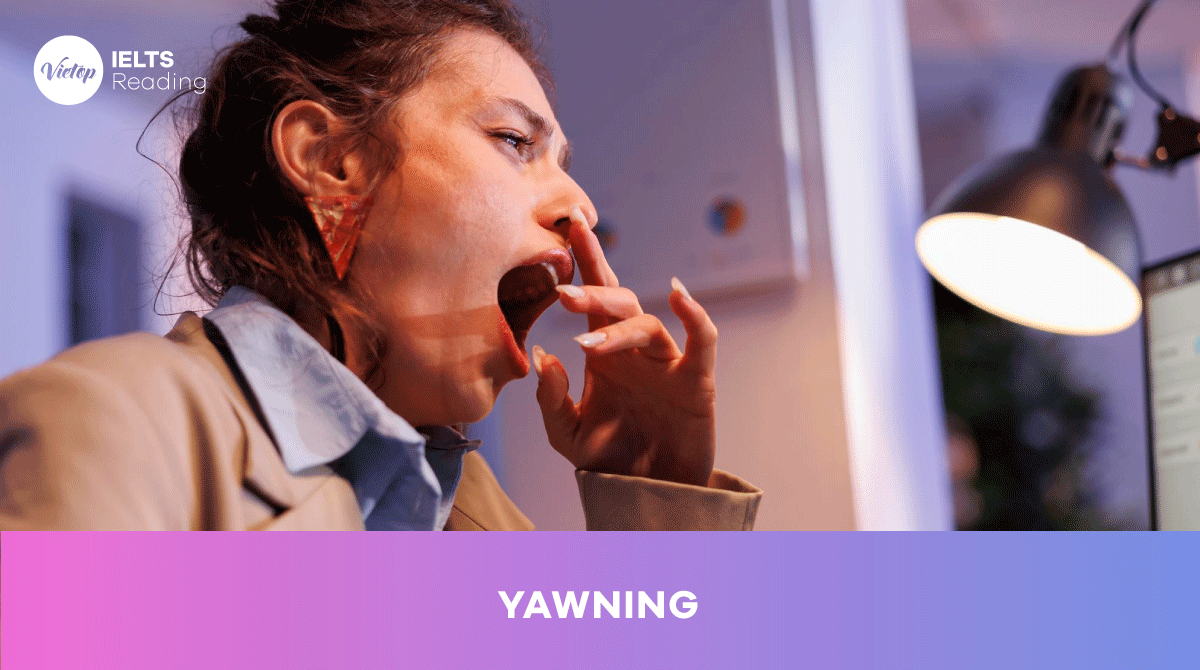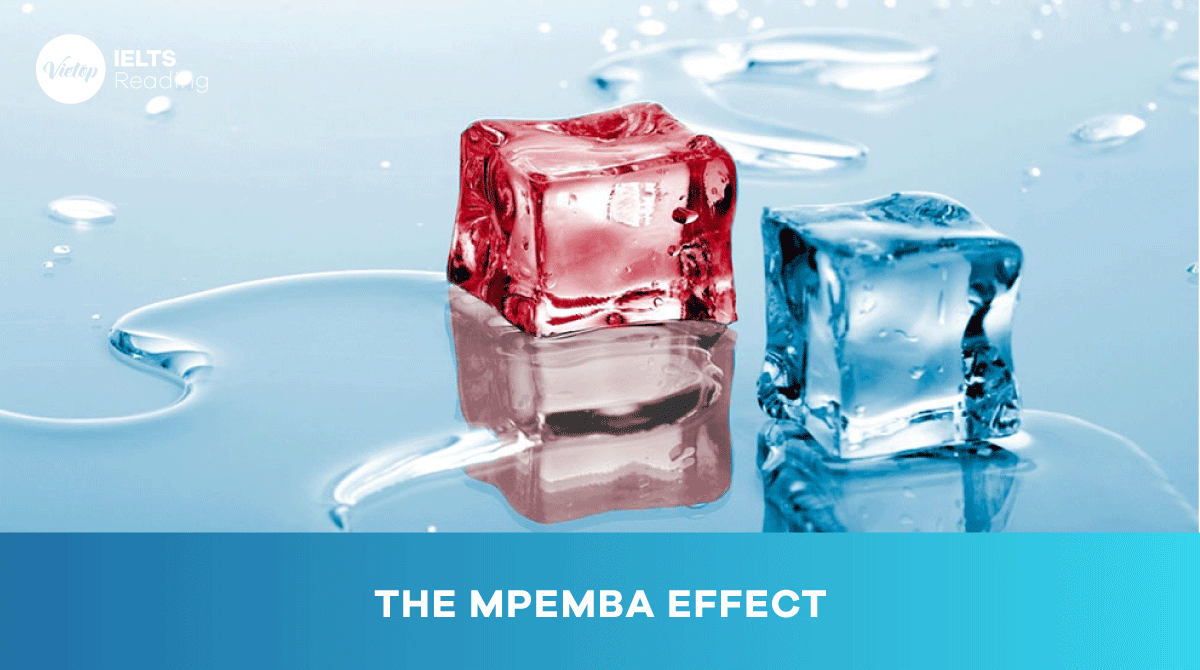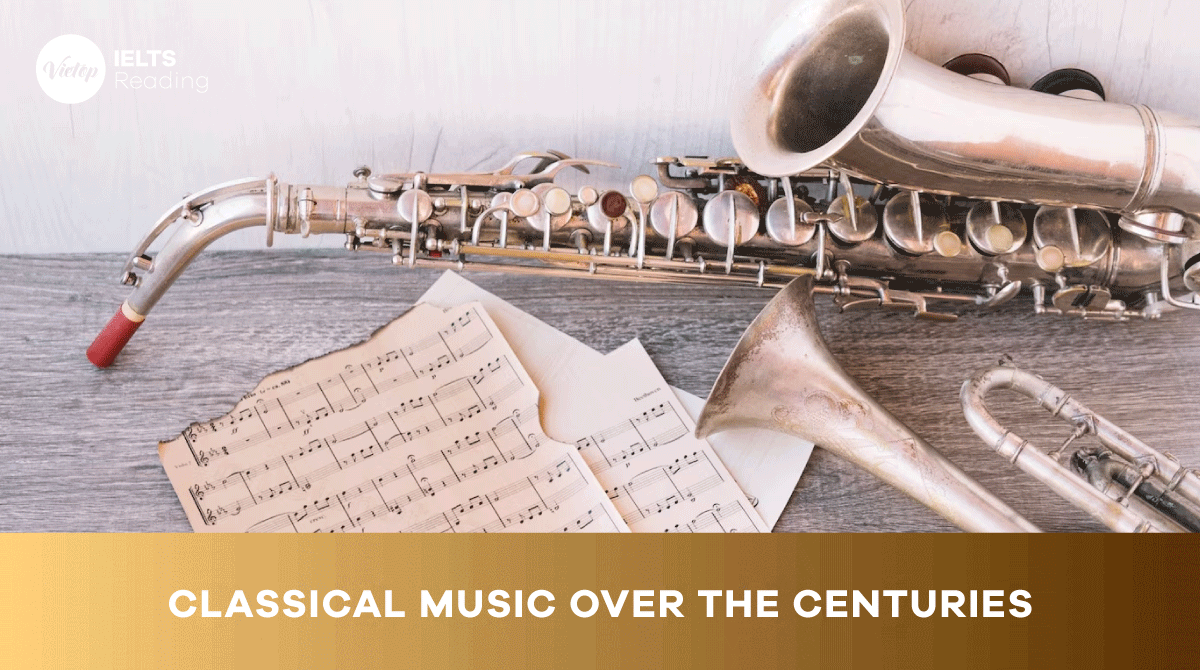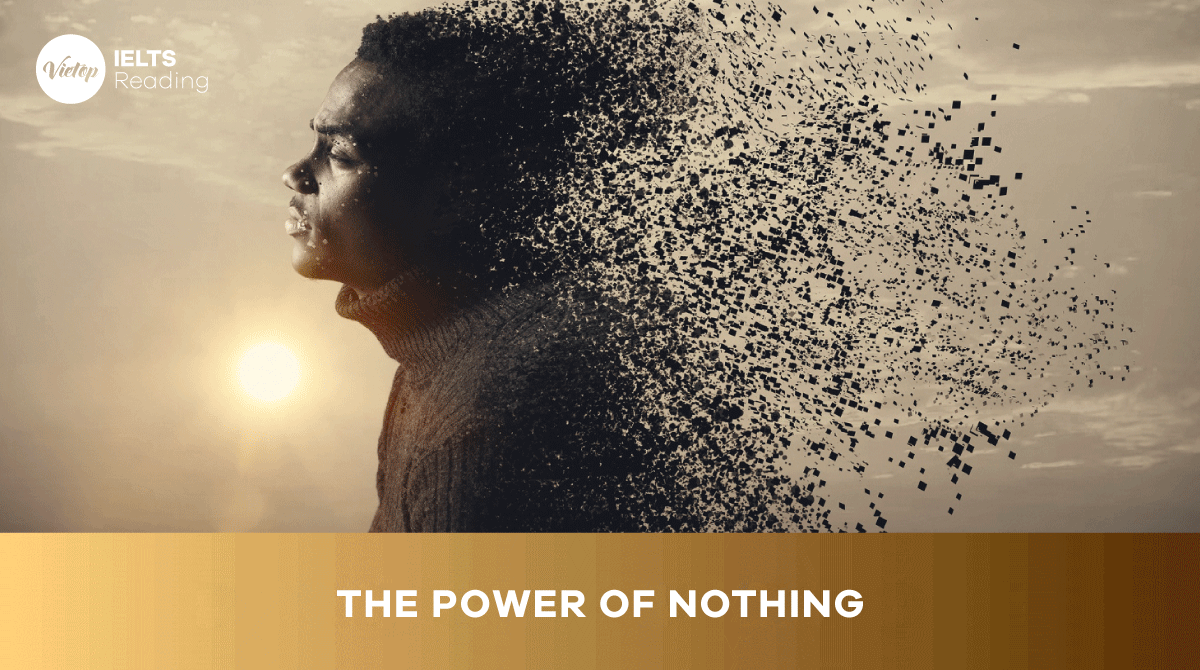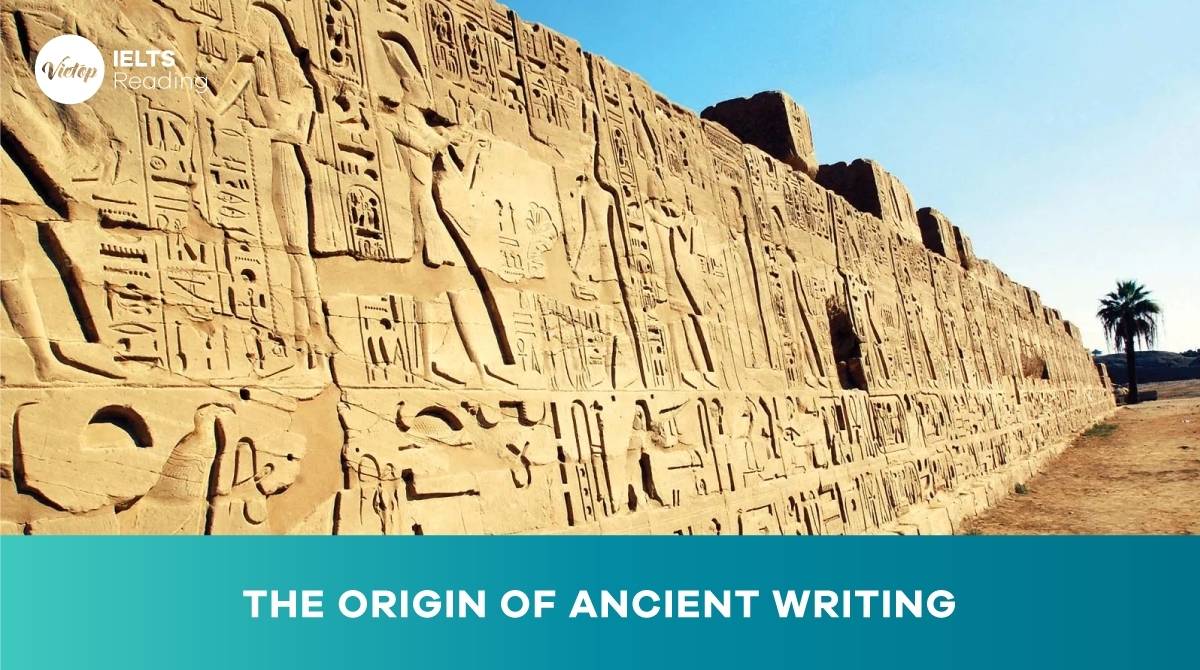William Henry Perkin was born on March 12, 1838, in London, England. As a boy, Perkin’s curiosity prompted early interests in the arts, sciences. photography, and engineering. But it was a chance stumbling upon a run-down, yet functional, laboratory in his late grandfather’s home that solidified the young man`s enthusiasm for chemistry.
As a student at the City of London School, Perkin became immersed in the study of chemistry. His talent and devotion to the subject were perceived by his teacher, Thomas Hall, who encouraged him to attend a series of lectures given by the eminent scientist Michael Faraday at the Royal Institution. Those speeches tired the young chemist`s enthusiasm further, and he later went on to attend the Royal College of Chemistry, which he succeeded in entering in 1853, at the age of 15.
At the time of Perkin’s enrollment, the Royal College of Chemistry was headed by the noted German chemist August Wilhelm Hofmann. Perkin’s scientific gifts soon caught Hofmann’s attention and within two years, he became Hofmann’s youngest assistant. Not long after that, Perkin made the scientific breakthrough that would bring him both fame and fortune.
At the time, quinine was the only viable medical treatment for malaria. The drug ls derived from the bark of the cinchona tree, native to South America and by 1856 demand for the drug was surpassing the available supply. Thus, when Hofmann made some passing comments about the desirability of a synthetic substitute for quinine, it was unsurprising that his star pupil was moved to take up the challenge.
During his vacation in 1856, Perkin spent his time in the laboratory on the top floor of his family’s house. He was attempting to manufacture quinine from aniline, an inexpensive and readily available coal tar waste product. Despite his best efforts, however, he did not end up with quinine. Instead, he produced a mysterious dark sludge. Luckily, Perkins scientific training and nature prompted him to investigate the substance further. Incorporating potassium dichromate and alcohol into the aniline at various stages of the experimental process, he finally produced a deep purple solution. And, proving the truth of the famous scientist Louis Pasteur’s words ‘chance favors only the prepared mind’. Perkin saw the potential of his unexpected find.
Historically, textile dyes were made from such natural sources as plants and animal excretions. Some of these, such as the glandular mucus of snails, were difficult to obtain and outrageously expensive. Indeed, the purple colour extracted from a snail was once so costly that in society at the time only the rich could afford it. Further, natural dyes tended to be muddy in hue and fade quickly. It was against this backdrop that Perkin‘s discovery was made.
Perkin quickly grasped that his purple solution could be used to colour fabric, thus making it the world’s first synthetic dye. Realising the importance of this breakthrough, he lost no time in patenting it. But perhaps the most fascinating of all Perkin`s reactions to his find was his nearly instant recognition that the new dye had commercial possibilities.
Perkin originally named his dye Tyrian Purple, but it later became commonly known as mauve (from the French for the plant used to make the colour violet). He asked advice of Scottish dye works owner Robert Pullar, who assured him that manufacturing the dye would be well worth it if the colour remained fast (i.e. would not fade) and the cost was relatively low. So, over the fierce objections of his mentor Hofmann, he left college to give birth to the modern chemical industry.
With the help of his father and brother, Perkin set up a factory not far from London. Utilizing the cheap and plentiful coal tar that was an almost unlimited byproduct of London’s gas street lighting, the dye works began producing the world’s first synthetically dyed material in 1857. The company received a commercial boost from the Empress Eugenio of France, when she decided the new color flattered her. Very soon, mauve was the necessary shade for all the fashionable ladies in that country. Not to be outdone, England`s Queen Victoria also appeared in public wearing a mauve gown, thus making it all the rage in England as well. The dye was bold and fast, and the public clamoured for more. Perkin went back to the drawing board.
Although Perkins fame was achieved and fortune assured by his first discovery, the chemist continued his research. Among other dyes he developed and introduced were aniline red (1859) and aniline black (1863) and in the late 1860s, Perkin’s green. It is important to note that Perkin’s synthetic dye discoveries had outcomes far beyond the merely decorative. The dyes also became vital to medical research in many ways. For instance, they were used to stain previously invisible microbes and bacteria, allowing researchers to identify such bacilli as tuberculosis. cholera, and anthrax. Artificial dyes continue to play a crucial role today. And, in what would have been particularly pleasing to Perkin, their current use is in the search for a vaccine against malaria.
Để làm được bài luận dạng Reading Practice với chủ đề William Henry Perkin 1 cách chính xác nhất. Bạn cần trau dồi nhiều kỹ năng từ nắm vững cấu trúc đến kỹ năng đọc tốt từng ngày. Với khóa học IELTS 5.0 tại Vietop English, bạn sẽ không chỉ cải thiện kỹ năng đọc hiểu, mở rộng được vốn từ vựng rộng lớn, cải thiện khả năng tư duy phản biện của bản thân.
Bên cạnh đó đối với những bạn đã có kiến thức nền tảng tiếng Anh kha khá về từ vựng và ngữ pháp, thường xuyên tiếp xúc với tiếng Anh trong các môi trường học tập hoặc công việc thì đây là khóa học mà bạn đang cần tìm. Khi tham gia khóa học này, bạn sẽ học và cải thiện đầy đủ 4 kỹ năng. Đặc biệt với kỹ năng Reading bạn có thể đọc hiểu được các bài đọc với chủ đề thông dụng và một số chủ đề học thuật, biết và hiểu 100 từ trong the Academic Word List (AWL) và đọc đạt được tối thiểu 17/40 câu đúng dưới điều kiện phòng thi. Còn chần chờ gì nữa mà không đăng kí ngay để mở ra cơ hội học tập và công việc trong tương lai của bạn.
Question 1-7
Do the following statements agree with the information given in Reading Passage 1?
In boxes 1-7 on your answer sheet, write:
TRUE if the statement agrees with the information
FALSE if the statement contradicts the information
NOT GIVEN if there is no information on this more than once.
Michael Faraday was the first person to recognize Perkin’s ability as a student of chemistry.
Michael Faraday suggested Perkin should enroll in the Royal College of Chemistry.
Perkin employed August Wilhelm Hofmann as his assistant.
Perkin was still young when he made the discovery that made him rich and famous.
The trees from which quinine is derived grow only in South America.
Perkin hoped to manufacture a drug from a coal tar waste product.
Perkin was inspired by the discoveries of the famous scientist Louis Pasteur.
Xem thêm:
- Reading Practice: Art in Iron and Steel
- Reading Practice: Orientation of birds
- Reading Practice: Bodie: America’s most famous ghost town
- Reading Practice: Toxic stress a slow wear and tear
- Reading Practice: Should we try to bring extinct species back to life?
- Reading Practice: Artificial artist? Can computers really create works of art?
Question 8-13
Answer the Questions below:
Choose NO MORE THAN TWO WORDS from the passage for each answer
Write your answers in boxes 8-13 on your answer sheet.
8. Before Perkin’s discovery, with what group in society was the colour purple associated?
9. What potential did Perkin immediately understand that his new dye had?
10. What was the name finally used to refer to the first color Perkin invented?
11.What was the name of the person Perkin consulted before setting up his own dye works?
12. In what country did Perkins newly invented colour first become fashionable?
13. According to the passage, which disease is now being targeted by researchers using synthetic dyes?
Answer
- FALSE (Đoạn 2, “His talent and devotion to the subject were perceived by his teacher, Thomas Hall,…” → Người phát hiện ra tài năng của Perkin là Thomas Hall, không phải Faraday.)
- NOT GIVEN (Không có thông tin về người nào đã khuyến khích Perkin đi học đại học).
- FALSE (Đoạn 3, “Perkin’s scientific gifts soon caught Hofmann’s attention and within two years, he became Hofmann’s youngest assistant.” → Perkin là trợ lý của Hofman chứ không phải ngược lại)
- TRUE (Đoạn 3, “Perkin’s scientific gifts soon caught Hofmann’s attention and within two years, he became Hofmann’s youngest assistant. Not long after that, Perkin made the scientific breakthrough that would bring him both fame and fortune.” → thành công từ khi còn rất trẻ)
- NOT GIVEN (Không có thông rằng cây Cinchona chỉ trồng ở Nam Mỹ)
- TRUE (Đoạn 5, “He was attempting to manufacture quinine from aniline, an inexpensive and readily available coal tar waste product.”)
- NOT GIVEN (Không có thông tin về việc Perkin được truyền cảm hứng bởi Pasteur)
- (the/only)rich (Đoạn 6, “Indeed, the purple colour extracted from a snail was once so costly that in society at the time only the rich could afford it.”)
- Commercial (possibilities) (Đoạn 7, “But perhaps the most fascinating of all Perkin`s reactions to his find was his nearly instant recognition that the new dye had commercial possibilities.”)
- Mauve (Đoạn 8, “Perkin originally named his dye Tyrian Purple, but it later became commonly known as mauve…”)
- (Robert) Pullar (Đoạn 8, “He asked advice of Scottish dye works owner Robert Pullar”)
- (in) France (Đoạn 9, “The company received a commercial boost from the Empress Eugenio of France,…”)
- malaria (is) (Đoạn 10, “And, in what would have been particularly pleasing to Perkin, their current use is in the search for a vaccine against malaria.”)

